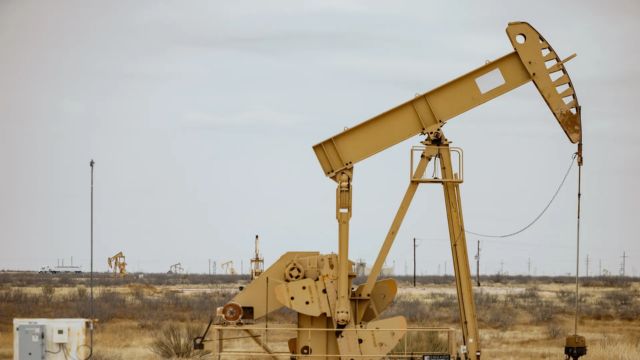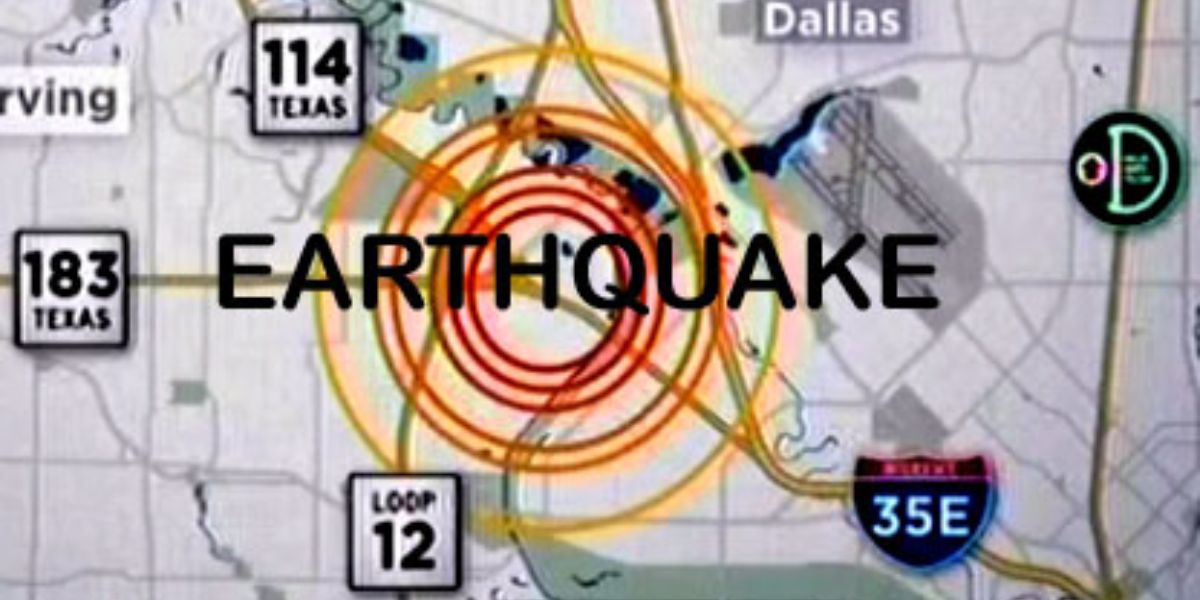WFCN –
Residents of Texas are understandably worried about the unexpected uptick in seismic activity in recent years. Many are perplexed by the recent uptick in seismic activity in the state, which is known for its relatively stable terrain. Geophysics expert Dr. John Doe of Southern Methodist University (SMU) provides some explanations for the recent uptick of earthquakes in Texas, which has caught many by surprise.
An Unexplained Upsurge in Earthquakes in Texas
Earthquakes have not been a common occurrence in Texas in the past. But seismic activity in the state has increased dramatically throughout the last decade. When compared to the few tremors experienced in prior decades, the fact that Texas had more than 200 in 2023 stands out, as reported by the USGS.
According to Dr. Doe, most of these earthquakes have happened in the Permian Basin, North Texas, and West Texas. Seismic activity has grown in these areas, which are famous for producing oil and gas, prompting scientists to look into the possibility that human activity is to blame for the surge in earthquakes.
Possible Root Causes: Both Natural and Human-Initiated
Dr. Doe suggests that an increase in earthquakes could be due to a number of different things. The professor stresses that human activities are the primary cause of this seismic surge, while natural tectonic movements are not totally excluded.

Operations involving oil and gas: The Permian Basin, in particular, makes Texas an important center for this industry. Fracking, short for hydraulic fracturing, is a typical method for extracting hydrocarbons and other hydrocarbons from subterranean formations.
SEE MORE –
Alert! 5.3 Magnitude Quake Hits California, Epicenter Near Bakersfield
To extract hydrocarbons from rocks, this method requires pumping them with fluid at high pressure. The disposal of wastewater from fracking activities is a big concern, even if fracking itself is not directly linked to earthquakes. It is possible to modify subsurface pressure and set off seismic events by injecting massive amounts of wastewater into wells located deep beneath.
Deep disposal wells are used to inject millions of gallons of wastewater as a byproduct of oil and gas operations. According to Dr. Doe, earthquakes can occur when these wells are situated close to fault lines because the injected fluid causes a rise in pressure, which in turn causes slippage along the faults. Oklahoma and Kansas are among the several states that have seen an uptick in seismic activity after injecting wastewater, and these aren’t the only ones.
There may be a combination of human activity and Texas’s distinctive geology that is leading to an uptick in seismic activity in the Lone Star State. According to Dr. Doe, earthquakes are more common in areas of Texas where natural faults are more heavily loaded with human-caused stress.
The Importance of Studies and Tracking
Continuous research and monitoring are essential for a better understanding of earthquakes in Texas and how to lessen their damage. In an effort to better monitor seismic activity around the state, SMU and other academic institutions have been hard at work. In order to collect and analyze data more accurately, these networks enable scientists to monitor seismic activity in real-time.
Academic institutions, business players, and government agencies should work together, says Dr. Doe. These groups can work together to improve public safety and reduce the likelihood of man-made earthquakes by exchanging information and ideas.
Reducing Risk and Ensuring Security
While it may be impossible to totally eliminate the possibility of earthquakes, there are measures that can be implemented to lessen the likelihood and severity of such disasters. Among the many steps recommended by Dr. Doe are:
One way to reduce the likelihood of earthquakes caused by wastewater injection is to impose stronger limits on its amount and placement. In order to decrease seismic risk, it is vital to monitor wells for changes in pressure and to limit injection near recognized fault lines.
It is critical in earthquake-prone locations to improve building codes to ensure that structures can endure seismic activity. People and their possessions can be better protected if building codes are revised to include earthquake safety features.
The general population must be made aware of the dangers of earthquakes and the importance of being ready in advance. In order to properly prepare communities to respond to seismic catastrophes, Dr. Doe emphasizes the significance of earthquake exercises, emergency supplies, and awareness campaigns.
Anticipating Future Earthquakes in Texas: A Comprehensive Guide
Ongoing study and collaboration are crucial as Texas continues to face the challenges of growing earthquake activity. Dr. Doe and his colleagues at SMU are devoted to improving our knowledge of seismic events in the state and finding ways to lessen their effects.
In conclusion, there are several elements at play in the recent uptick of earthquakes in Texas, but the advice of specialists like Dr. John Doe can help us face the problems head-on. Despite its changing seismic landscape, Texas can make strides towards a safer and more resilient future by emphasizing responsible behaviors, improving monitoring, and raising public awareness.
